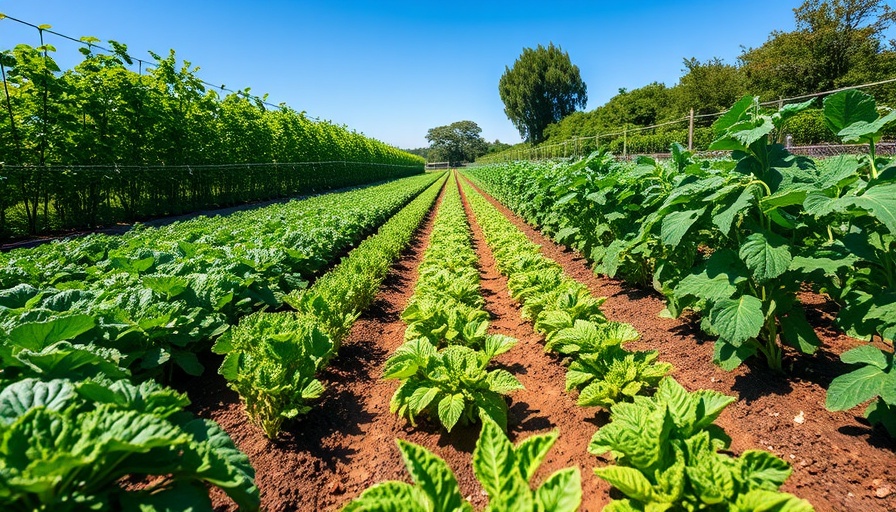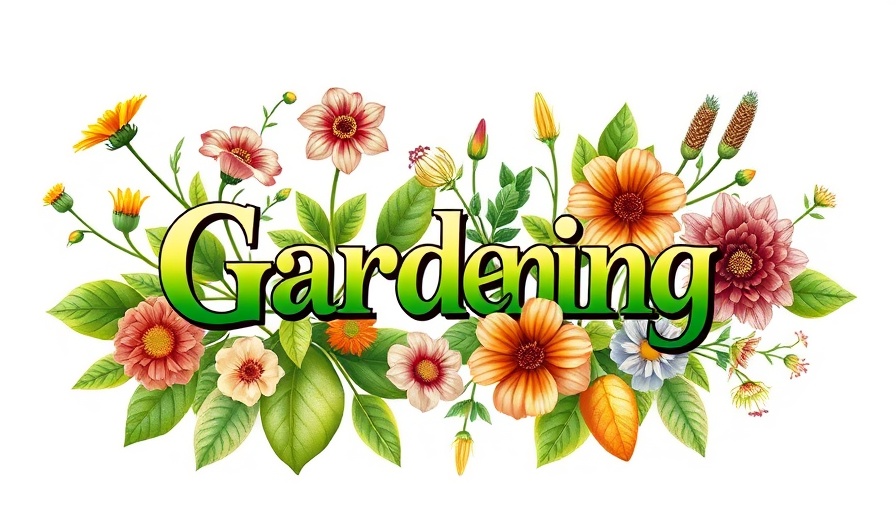
Reviving Your Garden: What to Plant After Tomatoes
After harvesting tomatoes, it’s essential to consider what crops to put in the ground next. This step, known as succession planting, not only boosts yield but also improves soil health. Let's delve into the best options to grow after your tomato plants have finished their season.
Exploring Ideal Companion Crops
One of the best practices in gardening is planting crops that complement each other. After tomatoes, consider options like leafy greens, radishes, and beans. Leafy greens such as lettuce or spinach benefit from the nutrients left in the soil and can grow quickly before the cold sets in. Radishes, with their fast growth rate, can be harvested in as little as three weeks, providing a quick turnover for your garden.
Boosting Soil Health with Cover Crops
Planting cover crops is another excellent strategy to enhance soil fertility after tomatoes. Legumes like clover and vetch are noteworthy for their nitrogen-fixing properties, which enrich the soil for future crops. Additionally, planting these crops improves the structure of the soil, aiding water retention and aeration.
The Importance of Timing and Planning
Timing your new plantings is critical. For homeowners looking to maintain a lush garden year-round, plant your succession crops promptly after the tomatoes have been removed. Research suggests that planting them within of a month of your last tomato harvest will yield the most successful results.
Rotational Planting: A Sustainable Approach
Rotational planting is key to a thriving garden. By alternating between families of plants, such as nightshades (like tomatoes) and legumes, you can minimize pests and diseases in your garden. Furthermore, this practice prevents soil depletion and helps maintain its nutrient balance.
Engaging in Your Garden's Seasonality
The changing seasons offer additional gardening opportunities. In the fall, many homeowners can complement their gardens with hardy crops that withstand frost, such as kale and broccoli. Knowing your climate and local growing conditions can dramatically affect your crop outcome.
Utilizing Community Knowledge and Resources
As a homeowner seeking a vibrant garden, tap into local gardening clubs or online forums for more personalized advice. Connecting with fellow gardeners can lead to rich exchanges about what works best in your specific area.
Final Thoughts on Your Garden's Next Steps
In conclusion, knowing what to plant after tomatoes can transform your garden into a year-round oasis. Embrace succession planting practices for lasting benefits. As you plan for your next harvest, consider integrating cover crops into your routine to enjoy bountiful yields while protecting the environment.
Take your gardening skills to the next level by learning more about optimal rotation and fall planting strategies. Remember, a thriving garden is the result of keen planning and action!
 Add Row
Add Row  Add
Add 


Write A Comment